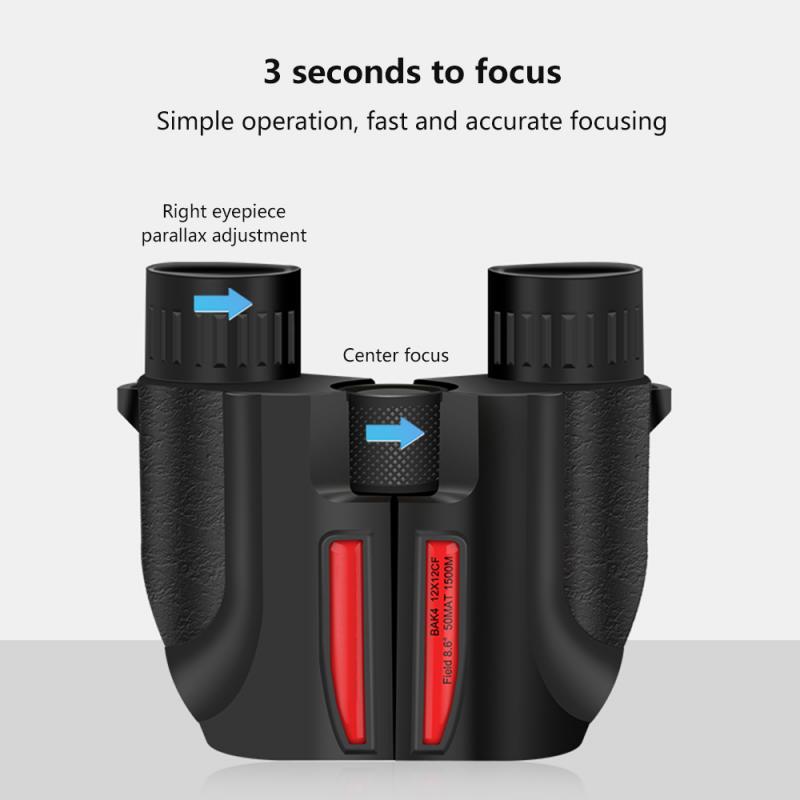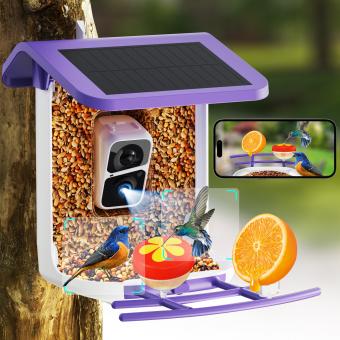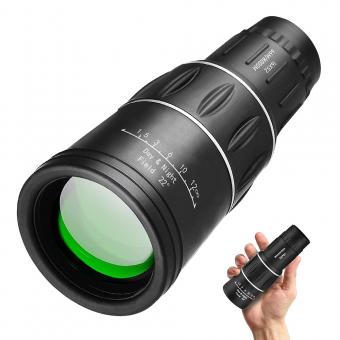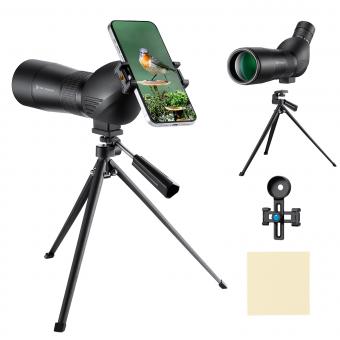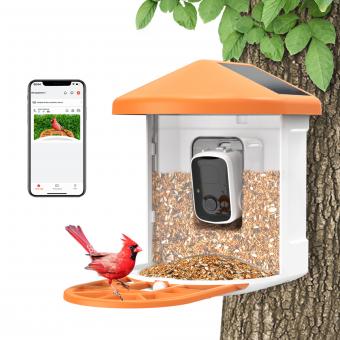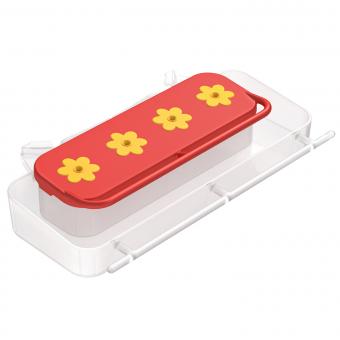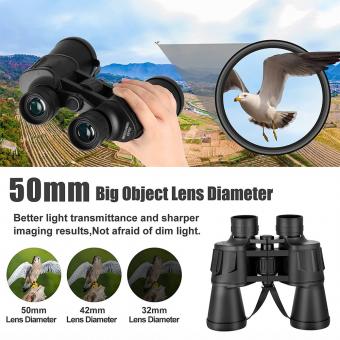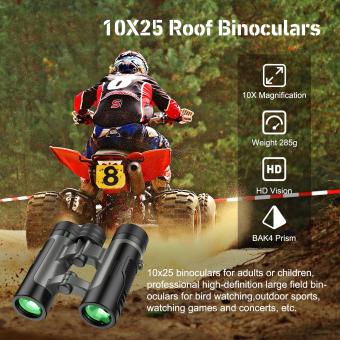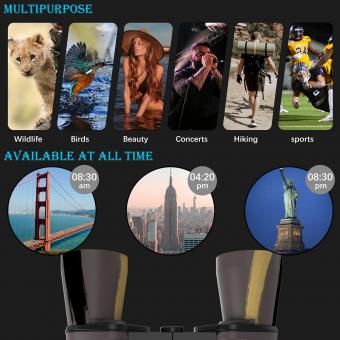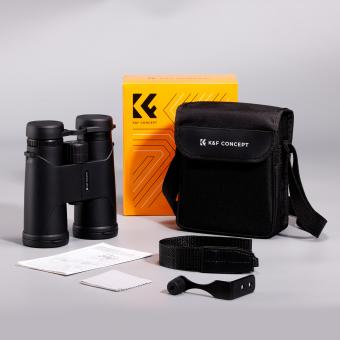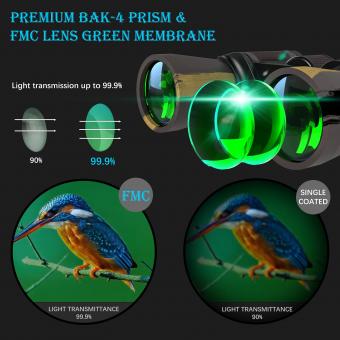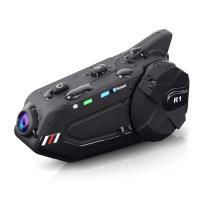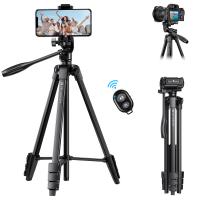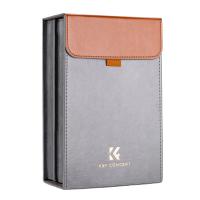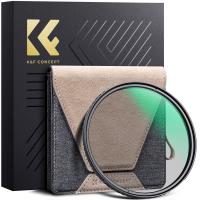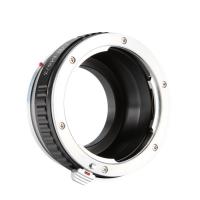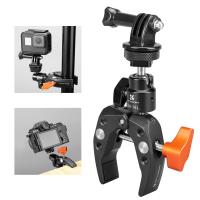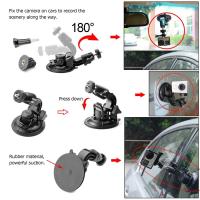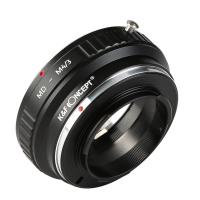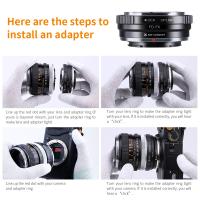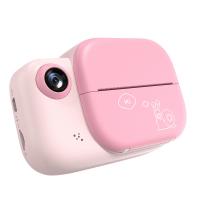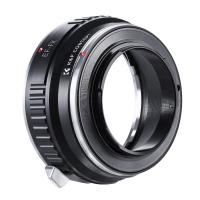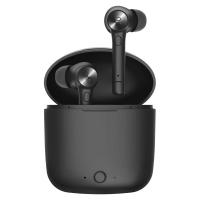What Kind Of Binoculars For Bird Watching ?
Binoculars for bird watching should have a magnification of at least 8x and an objective lens diameter of 32mm or larger. This will provide a clear and bright image of the birds. It is also important to choose binoculars with a wide field of view, as this will make it easier to locate and track birds in flight. Additionally, binoculars with a close focus distance of 6-8 feet or less will allow for detailed observation of birds at close range. Other features to consider include waterproofing, image stabilization, and lens coatings to reduce glare and improve image clarity. Ultimately, the best binoculars for bird watching will depend on personal preferences and budget.
1、 Magnification and Objective Lens Diameter
What kind of binoculars for bird watching? The two most important factors to consider when choosing binoculars for bird watching are magnification and objective lens diameter. Magnification refers to how much closer the binoculars can make an object appear, while objective lens diameter refers to the size of the front lenses that gather light.
For bird watching, a magnification of 8x or 10x is recommended. Higher magnifications can make it difficult to keep the image steady, especially when hand-held, and can also reduce the field of view. A larger objective lens diameter, such as 42mm or 50mm, can provide a brighter and clearer image, especially in low light conditions.
However, it's important to note that the quality of the optics and coatings on the lenses can also greatly affect the image quality. High-quality coatings can improve contrast and reduce glare, while poor coatings can result in a dim and washed-out image.
In recent years, there has been a trend towards compact and lightweight binoculars for bird watching, as they are easier to carry and use for extended periods of time. However, it's important to balance portability with image quality and durability.
Ultimately, the best binoculars for bird watching will depend on personal preferences and budget. It's recommended to try out different models and brands before making a purchase, and to invest in a high-quality pair that will last for years to come.
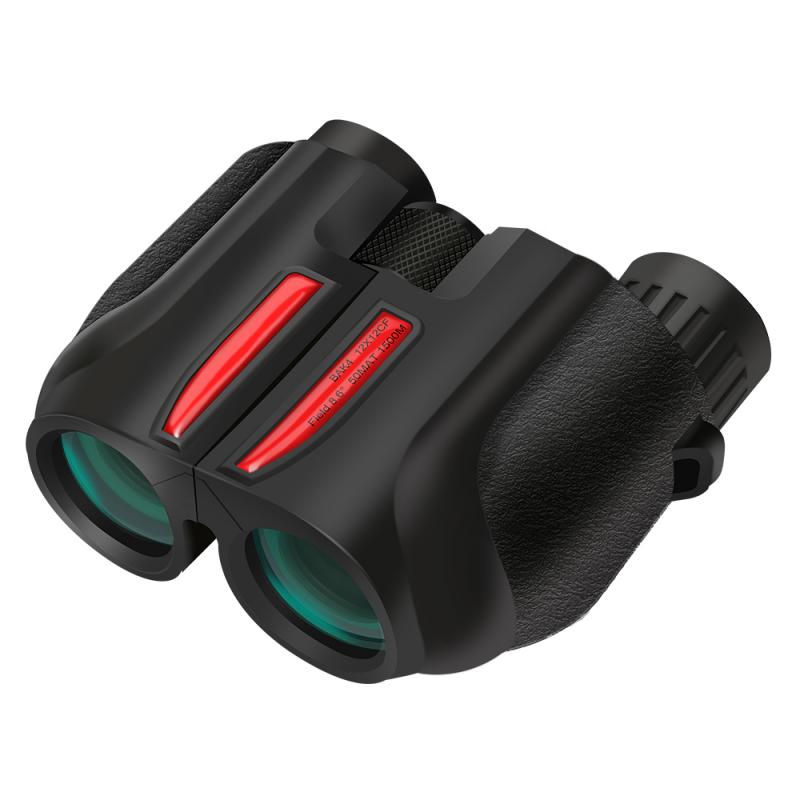
2、 Field of View
"What kind of binoculars for bird watching?" is a common question among bird enthusiasts. When it comes to choosing binoculars for bird watching, one of the most important factors to consider is the field of view. The field of view refers to the width of the area that can be seen through the binoculars at a specific distance. A wider field of view allows you to see more of the surrounding area, making it easier to spot birds in flight or moving through the trees.
The ideal field of view for bird watching binoculars is around 6-8 degrees. This provides a good balance between a wide enough field of view to spot birds in motion and a narrow enough field of view to allow for detailed observation of individual birds. However, some bird watchers prefer a wider field of view, up to 10 degrees, for easier tracking of birds in flight.
It's important to note that the field of view can vary depending on the magnification and objective lens size of the binoculars. Higher magnification and larger objective lenses can result in a narrower field of view. Therefore, it's important to find a balance between magnification, objective lens size, and field of view that works best for your specific bird watching needs.
In recent years, there has been a trend towards using binoculars with wider fields of view for bird watching. This is due to the increasing popularity of birding as a hobby and the desire to make it more accessible to a wider range of people. As a result, many manufacturers are now offering binoculars with wider fields of view, making it easier than ever to spot and observe birds in their natural habitats.

3、 Close Focus Distance
What kind of binoculars for bird watching? When it comes to bird watching, the most important feature to look for in binoculars is the close focus distance. This refers to how close you can get to a bird and still maintain a clear, focused image. Ideally, you want binoculars with a close focus distance of 6-8 feet or less.
In addition to close focus distance, other important features to consider include magnification, objective lens size, and image quality. For bird watching, a magnification of 8x or 10x is recommended, and an objective lens size of 42mm or larger will provide a brighter image. Image quality is also crucial, as you want to be able to see the colors and details of the birds clearly.
There are many great binoculars on the market specifically designed for bird watching, including models from top brands like Nikon, Vortex, and Zeiss. Some of the latest advancements in binocular technology include image stabilization, which can help reduce hand shake and provide a steadier image, and ED (extra-low dispersion) glass, which can help reduce chromatic aberration and provide a clearer image.
Ultimately, the best binoculars for bird watching will depend on your personal preferences and budget. It's important to try out different models and find the ones that feel comfortable in your hands and provide the image quality you're looking for.
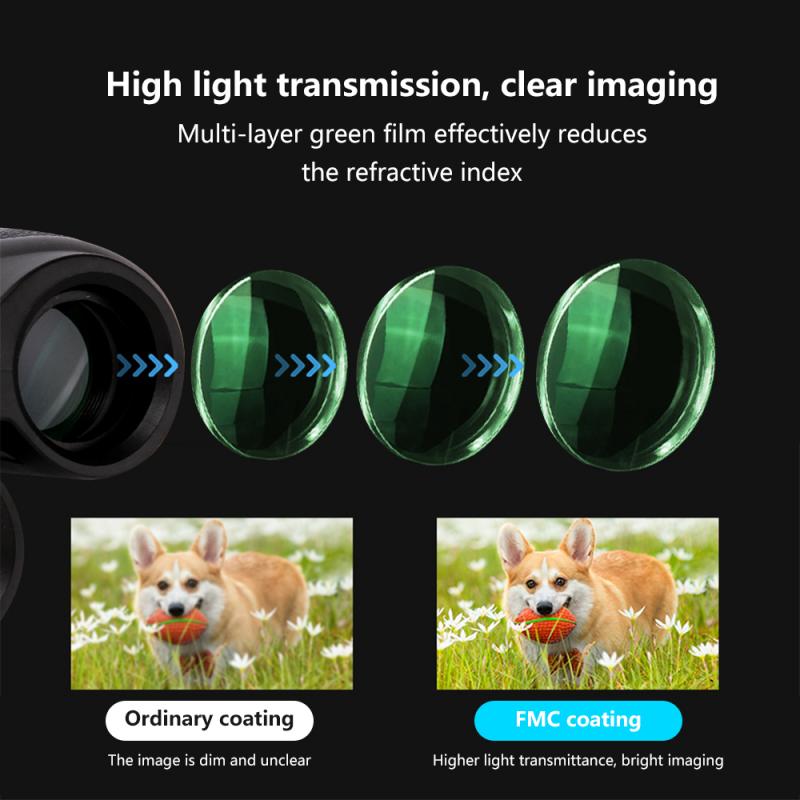
4、 Eye Relief
"What kind of binoculars for bird watching?" is a common question among bird enthusiasts. One important factor to consider when choosing binoculars for bird watching is the eye relief. Eye relief refers to the distance between the eyepiece and the eye when the binoculars are in use. This is particularly important for those who wear glasses or have eye conditions that require them to keep their glasses on while using binoculars.
The ideal eye relief for bird watching binoculars is around 15mm or more. This allows for comfortable viewing without having to press the eyepiece too close to the eye. Some binoculars even have adjustable eyecups that can be twisted up or down to accommodate those who wear glasses.
In recent years, there has been a trend towards using binoculars with even greater eye relief, such as 18mm or more. This is especially beneficial for those with severe eye conditions or for those who wear thick glasses. However, it's important to note that binoculars with higher eye relief may come at a higher cost.
Ultimately, the best binoculars for bird watching will depend on individual preferences and needs. It's important to try out different models and brands to find the one that provides the best combination of image quality, comfort, and affordability.
